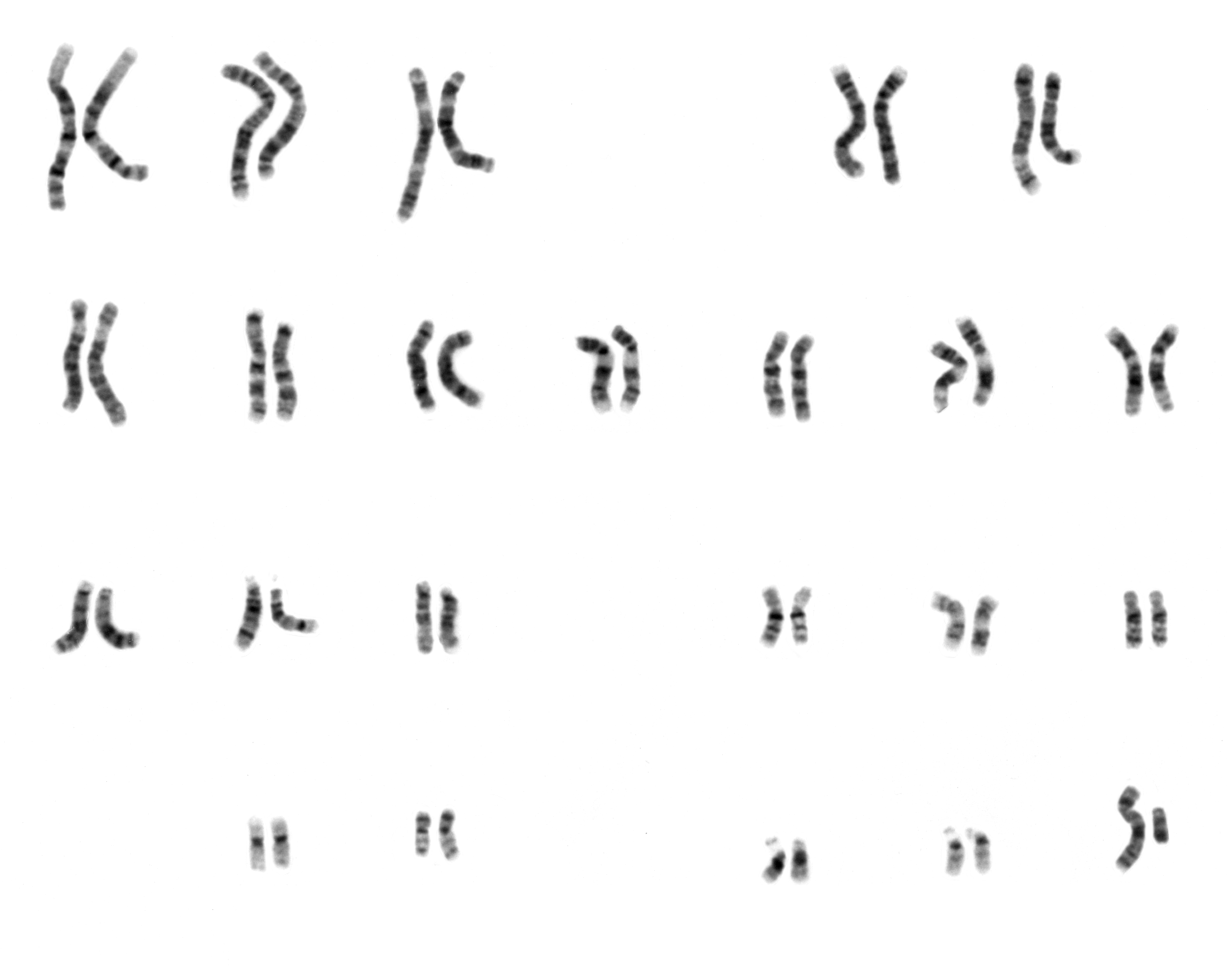Unit 4 Genetics Summative Review (OL)
1/19
There's no tags or description
Looks like no tags are added yet.
Name | Mastery | Learn | Test | Matching | Spaced |
|---|
No study sessions yet.
20 Terms
Different forms of a gene that can exist
Gamete
A type of cell that has half the number of chromosomes needed for reproduction and joins with another gamete to make a new individual; sex cell

Pedigree
A diagram that shows the occurrence of a genetic trait in several generations of a family, helping to track inheritance patterns.
A type of reproduction involving two parents who combine their genetic material to produce diverse/different offspring.
Selective Breeding (Artificial Selection)
The process where humans choose specific plants or animals to mate based on desired traits.
Natural Selection
The natural process where organisms better adapted to their environment tend to survive and reproduce more than others.
Reasons for Selective Breeding
People selectively breed to enhance specific qualities, such as disease resistance, size, or color in plants and animals.